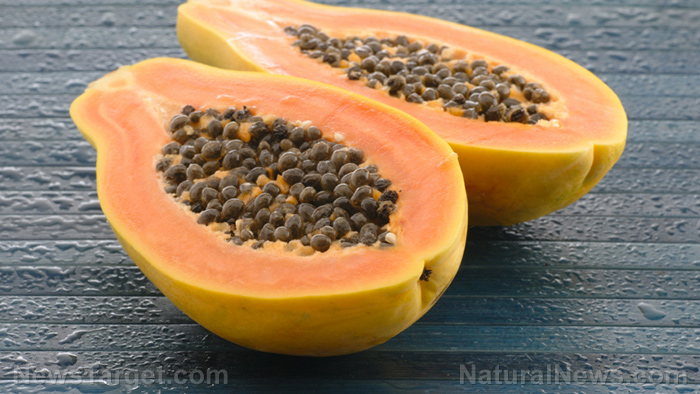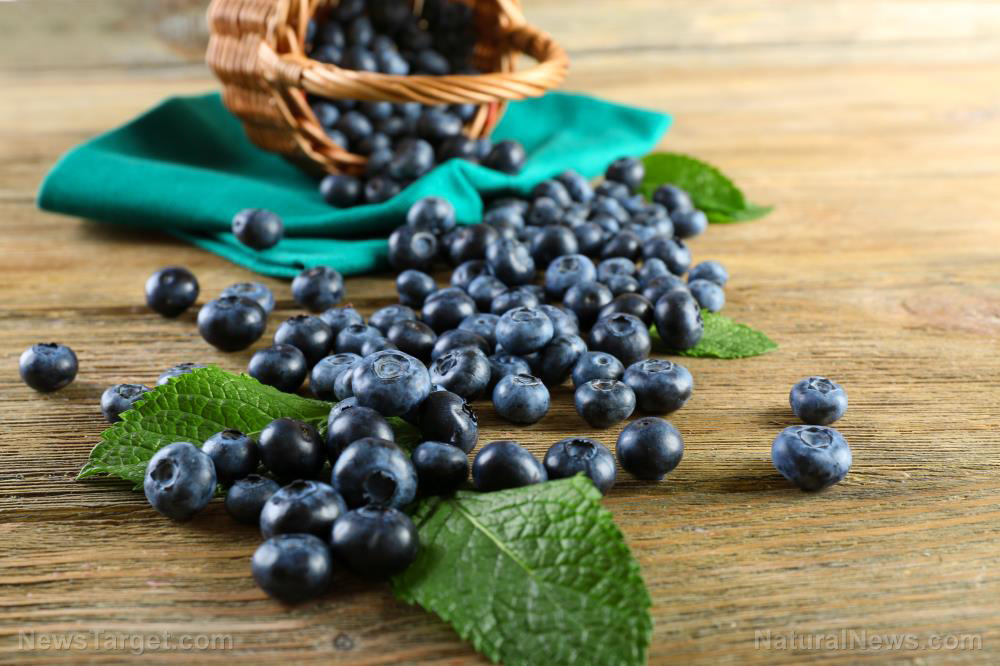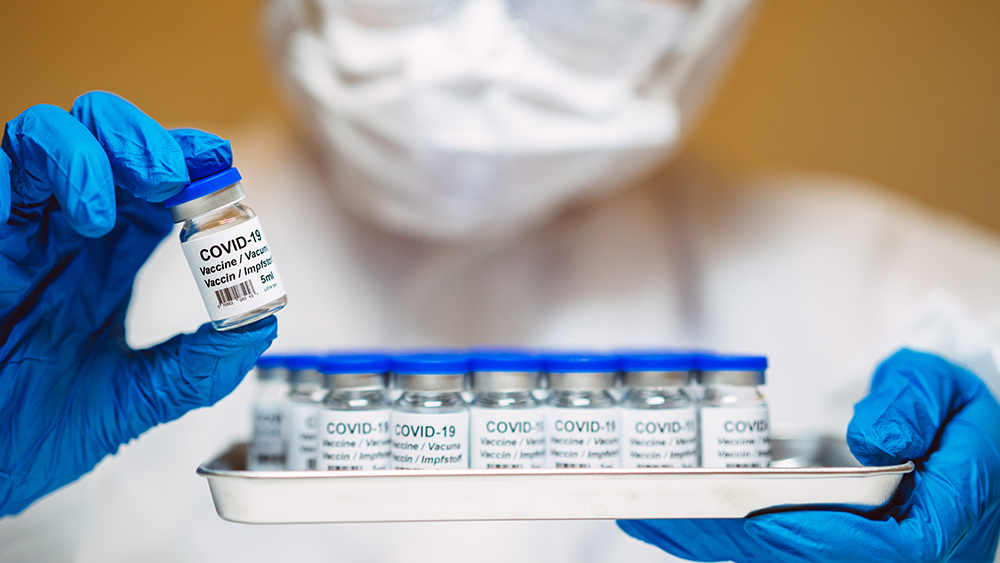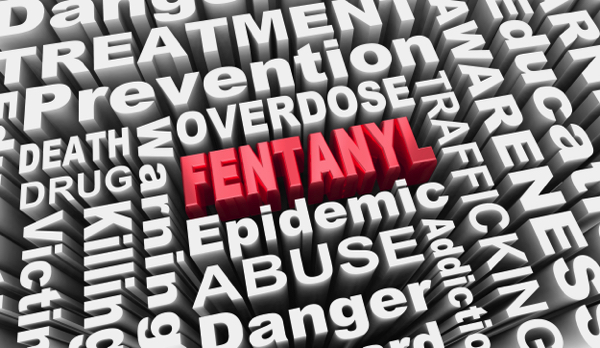 Parler
Parler Gab
Gab
Bayer: The poster child of Big Ag and Big Pharma
When it comes to the overlap between agriculture and pharmaceuticals, Bayer stands out as a prime example. The German multinational, which acquired Monsanto in 2018 for $63 billion, now operates across pharmaceuticals, consumer health, and agriculture. This merger created a corporate behemoth that wields significant influence over both what we eat and how we treat our illnesses. Bayer’s pharmaceutical division produces blockbuster drugs like Xarelto for cardiovascular issues and Stivarga for cancer, while its consumer health division markets household names like Claritin and MiraLAX. Meanwhile, its agricultural arm, bolstered by Monsanto’s expertise, dominates the global seed and agrochemical markets. But this consolidation of power raises serious questions. Can a corporation truly champion health while promoting agricultural practices that rely on synthetic fertilizers, pesticides, and genetically modified (GM) crops — practices that degrade soil health and contribute to chronic diseases? The concentration of power in both industries is staggering. The CR4 metric, which measures the market share of the top four firms in an industry, reveals just how monopolized these sectors have become. • Agriculture: The CR4 for beef packing has soared from 25% in 1977 to 85% in 2018. Similarly, four companies control 95% of U.S. corn intellectual property and 84% of soybean intellectual property. • Pharmaceuticals: In the vaccine market, Pfizer, GSK, Sanofi, and Merck control nearly 80% of global sales. Diabetes drugs are dominated by Novo Nordisk, Eli Lilly, and Sanofi, with a CR4 of about 70%. This concentration of power allows corporations to dictate prices, policies, and market access, often at the expense of consumers and small-scale farmers. Farmers are locked into systems that require them to purchase expensive inputs like GM seeds and synthetic fertilizers, while patients are funneled into lifelong medication regimens that treat symptoms rather than addressing root causes.Government funding: reinforcing dependency
Both industries rely heavily on government subsidies and policies that perpetuate their profit-driven models. In agriculture, federal programs like the Crop Insurance Program incentivize high-yield, chemical-intensive farming, while sidelining regenerative practices like crop rotation and cover cropping. Similarly, healthcare policies prioritize pharmaceutical treatments over preventive care. Insurance plans often cover medications and surgeries but exclude holistic approaches like nutrition counseling or alternative therapies. This creates a cycle of dependency that benefits corporations while leaving consumers and farmers trapped in unsustainable systems. Lobbying further entrenches these industries’ power. In 2024, pharmaceutical companies spent 294 million on lobbying efforts, while agribusinesses spent 32.7 million. Bayer alone spent $6.46 million in the U.S., ensuring that policies and regulations align with their interests.Gut health and soil health: A striking parallel
The connection between human health and agriculture becomes even clearer when examining the parallels between gut health and soil health. Just as a balanced gut microbiome is essential for overall health, a thriving soil microbiome is crucial for producing nutrient-dense food. However, industrial agriculture’s reliance on synthetic inputs disrupts the soil microbiome, leading to pest invasions, nutrient deficiencies, and a dependence on even more chemicals. This mirrors the overuse of antibiotics, which disrupts the gut microbiome and can lead to chronic health issues. By improving soil health through regenerative farming practices, we can break this cycle of dependency and produce food that truly nourishes us. Similarly, focusing on preventive healthcare — through diet, exercise, and stress management — can reduce our reliance on pharmaceuticals. The systems we rely on for food and healthcare are broken. Big Ag and Big Pharma have created a world where dependency is profitable, and health is secondary. But real change won’t come from the top down; it will come from the bottom up. By supporting regenerative agriculture and choosing food produced without harmful chemicals, we can drive a market shift toward sustainability. Likewise, by taking control of our health and focusing on prevention, we can reduce our dependence on pharmaceuticals. The choice is ours: continue down a path of dependency and declining health, or invest in a future where health and sustainability take priority over corporate profits. Sources include: ChildrensHealthDefense.org OpenSecrets.org ChildrensHealthDefense.orgPapaya power: Healing qualities of this tropical fruit
By News Editors // Share
Trump administration declares war on Mexican drug cartels, designates them as foreign terrorists
By Finn Heartley // Share
The majesty of the eggplant: A nutritional powerhouse with ancient roots
By Zoey Sky // Share
Bilberries: The wild blueberry powerhouse of antioxidants and flavor
By Zoey Sky // Share
Governments continue to obscure COVID-19 vaccine data amid rising concerns over excess deaths
By patricklewis // Share
Tech giant Microsoft backs EXTINCTION with its support of carbon capture programs
By ramontomeydw // Share
Germany to resume arms exports to Israel despite repeated ceasefire violations
By isabelle // Share










